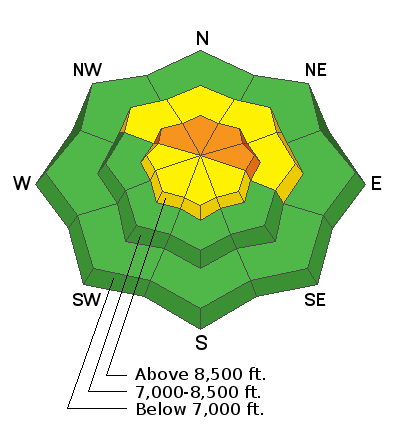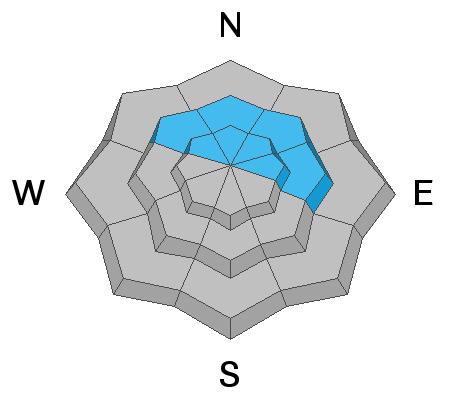Forecast for the Ogden Area Mountains

Issued by Mark Staples on
Monday morning, January 3, 2022
Monday morning, January 3, 2022
The avalanche danger is CONSIDERABLE on upper elevation slopes facing northwest, north, and east. Avalanches may break down 2-8' deep (possibly deeper) and hundreds of feet wide. Natural avalanches are possible, and human-triggered avalanches are likely. My advice is to continue avoiding this terrain.
A MODERATE avalanche danger exists on west and south-facing upper elevations as well as mid elevations facing northwest, north, and east. A LOW avalanche danger exists on low elevation slopes and mid elevation slopes without wind drifted snow.
A MODERATE avalanche danger exists on west and south-facing upper elevations as well as mid elevations facing northwest, north, and east. A LOW avalanche danger exists on low elevation slopes and mid elevation slopes without wind drifted snow.

Low
Moderate
Considerable
High
Extreme
Learn how to read the forecast here





